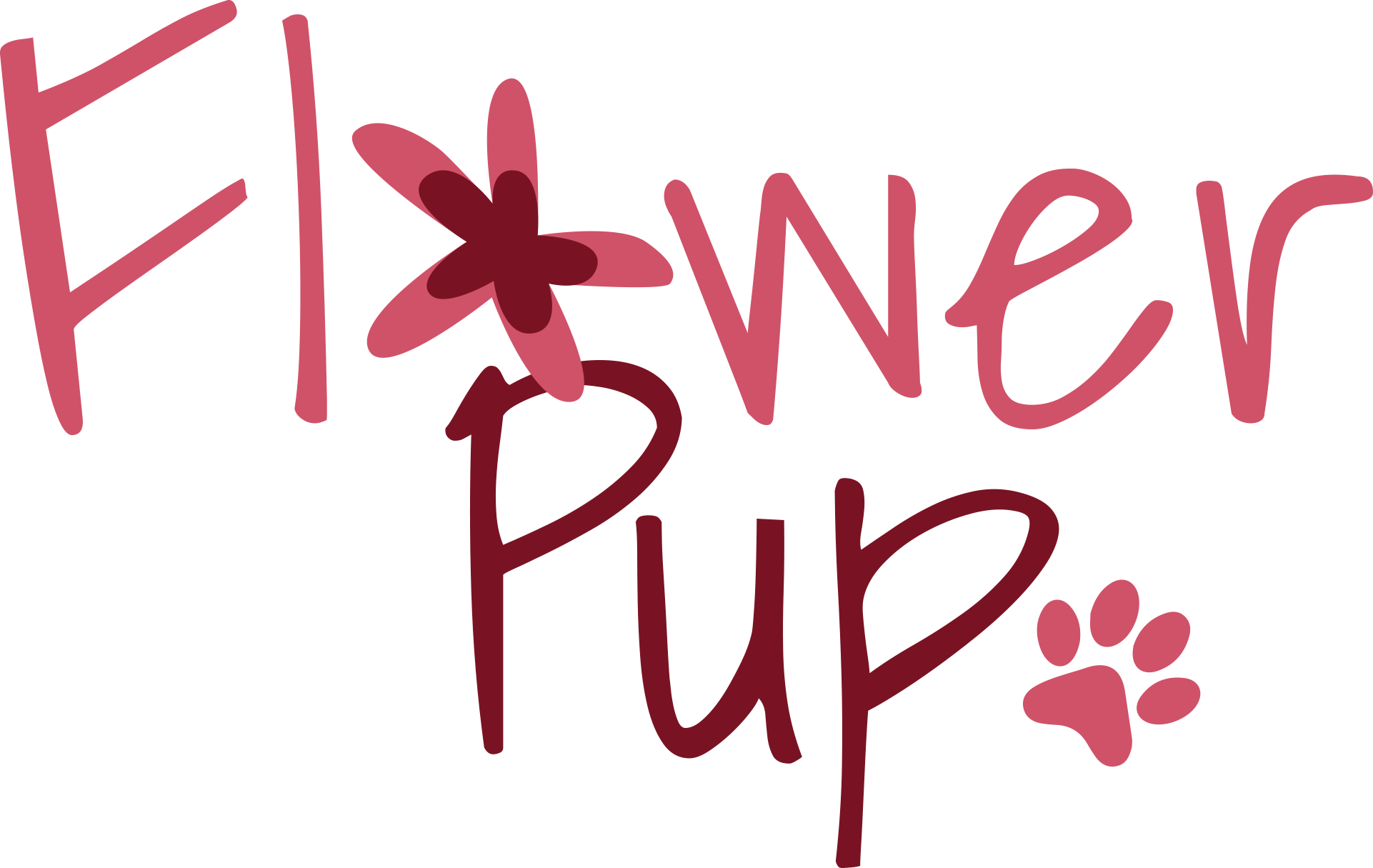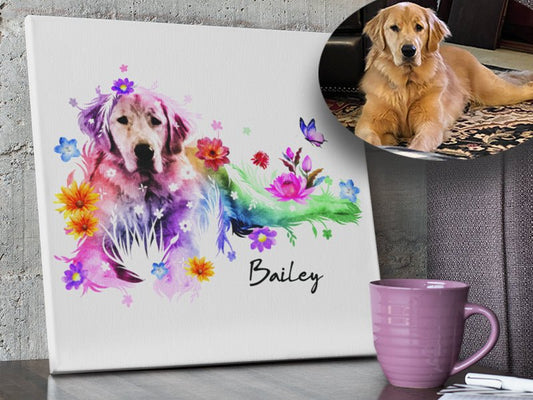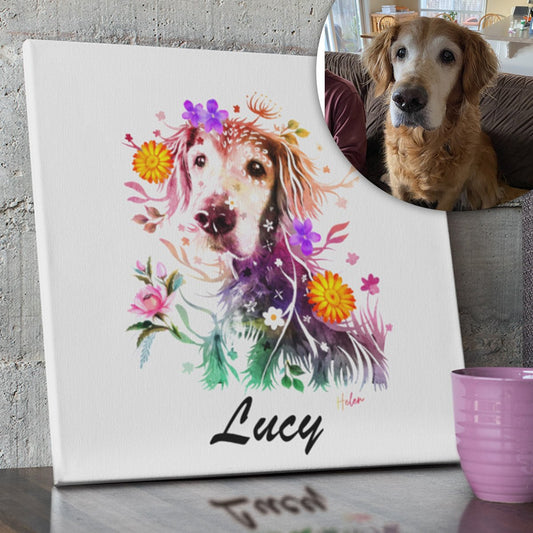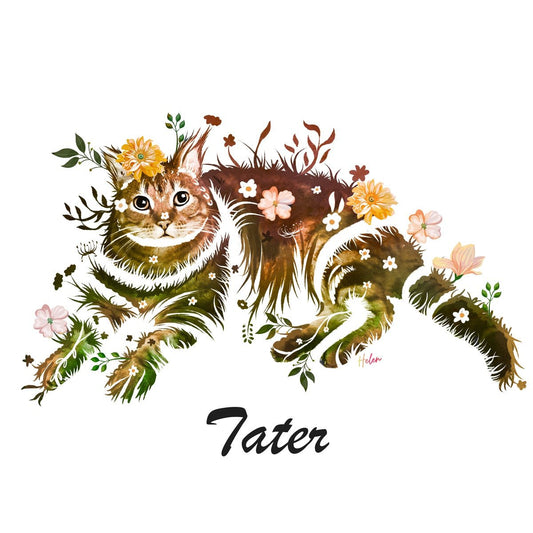Emotions are like Chinese boxes: If you open it, there is another box inside, and another box, and so on.
The human species has taken great care in cataloging virtually everything, including emotions. But are we sure that emotions can really be cataloged?
To make matters worse, the way our society is built has provided us with very few tools, as children or adults, to talk about emotions and feelings in a healthy and open way.
Labeling emotions: Why do we do it?
I have understood over the years that the words we use to describe how we feel make a difference.
I can say that I was sad, inconsolably sad when Argo left us.
But what exactly is inside this word? What's inside my sadness? … There is the bitterness of not having done more, even if humanly impossible.
… There is the anger of 'why him? Why did we have to lose him like that? "
... There is a longing to no longer hear him pawing and barking with joy around the house.
But when you carefully open the box of sadness... Without fear. When you slowly shake what you feel, little by little , you are creating a safe space for your feelings to come out.
You begin to understand and accept those emotions. To give them the right space and to transform them into a light of hope in the future... Coming out of that limbo of passive emotions.
Those emotions that bloom inside you are the ones I bring to life with the flowers that I draw in the Flowerpup portraits.
Why do you feel emotions so deeply?
In the most difficult moments I thought: “I can't stand this pain, I don't want to feel like this anymore”.
Surely you too have had the same thought once in your life. It is natural to want to feel good. On the other hand, a focal point of the path that leads us out of mourning can only go through the reclassification of our emotions.
It may sound strange to you, but sometimes we are the first not to speak the language of our inner world. We do not know the emotions hidden in our mind, we do not know how to interpret and explain them, especially to others.
Let alone try to write them...
But Why?
School, education, work, everything that formed us for this life, somehow distanced us from a silent language in which we could understand each other better.
First, let's start by saying that there are no good or bad emotions.
Emotions are responses of our organism, reactions to perceptions or representations that shift the bar of our balance. Our brain uses them to catalog a certain situation or stimulus and determine the best reaction, both for the present and for the future.
Over time, the stimuli are collected in macro-groups (good or bad), which have the purpose of facilitating their recognition and accelerating the reaction by our brain.
This will allow the amygdala, which is a sort of archive of our emotional memory, to identify the most appropriate nervous response to the situation.
But the amygdala attended the same school as our own, its emotional regulation skills are shaped by our past life experiences.
Therefore, the emotional response to a traumatic event is based not so much on the current situation, but on our past.
This implies that every emotional response is strictly personal, intrinsically linked to our own history.
And this is where things get interesting: we have a front row seat in the spectacle of our emotions, and this gives us the opportunity to learn to decipher what is going on beneath the surface.
How to embrace negative emotions?
As we briefly mentioned above, emotions guide our perception of the world and, consequently, influence our behaviors. They also mark our memories, coloring them with what we feel at that moment.
Emotions are often (arbitrarily if I may say) divided into two categories: positive and negative.
- What are normally called positive emotions include love, joy, trust, pride, happiness and excitement
- The negative ones include fear, anger, sadness and disgust.
Most people are familiar with these feelings but, in the heat of the moment, they find it difficult to keep in mind that there are no good emotions or negative emotions: they are all useful and functional to our well-being.
And now I'd like to ask you some questions:
How do you feel right now?
What is the main emotion that emerges at this moment?
What have you been experiencing lately? Anger, sadness or disgust? Anger, loneliness or unhappiness? Fear, annoyance or melancholy?
Whatever emotion (or emotions) predominant, at first glance you might classify them as unpleasant, looking for a way to get rid of them as soon as possible.
But these emotions arise for a reason and are not your enemy.
They are trying to tell you something important about yourself and the world around you. To understand what they are trying to say, try to stop fighting them and listen carefully instead.
Surely you must have found shortcuts to cope with your pain, or even hide it. But these are only temporary escapes that should give you some relief as you prepare to come to terms with what happened.
So, it's best to be prepared to look within, take the time to cry, feel lost, and surround yourself with the people you love and love you.
It's time to embrace your emotions.
To help you when your emotions prevail, I leave you an exercise written in this blog article Colors and moods: How to avoid being overwhelmed by negative emotions.
Make good use of it and let me know if it was useful to you.
I hug you and remember that you are not alone, this corner of comfort is also for you and for all those who have had to face the pain of losing their four-legged child, or more than one.
And also for all those who have experienced "negative" emotions.
I just want to comfort you, telling you that you are not alone and that I can portray and transform your emotions into beautiful colorful and positive flowers, which will blossom in your pet's portrait, forever.
A hug,
Helen









1 comment
Thank you for your kind words. My Queenie
Passed away yesterday. I’m filled with sadness and miss her terribly. I did everything but it wasn’t enough to keep her with me.